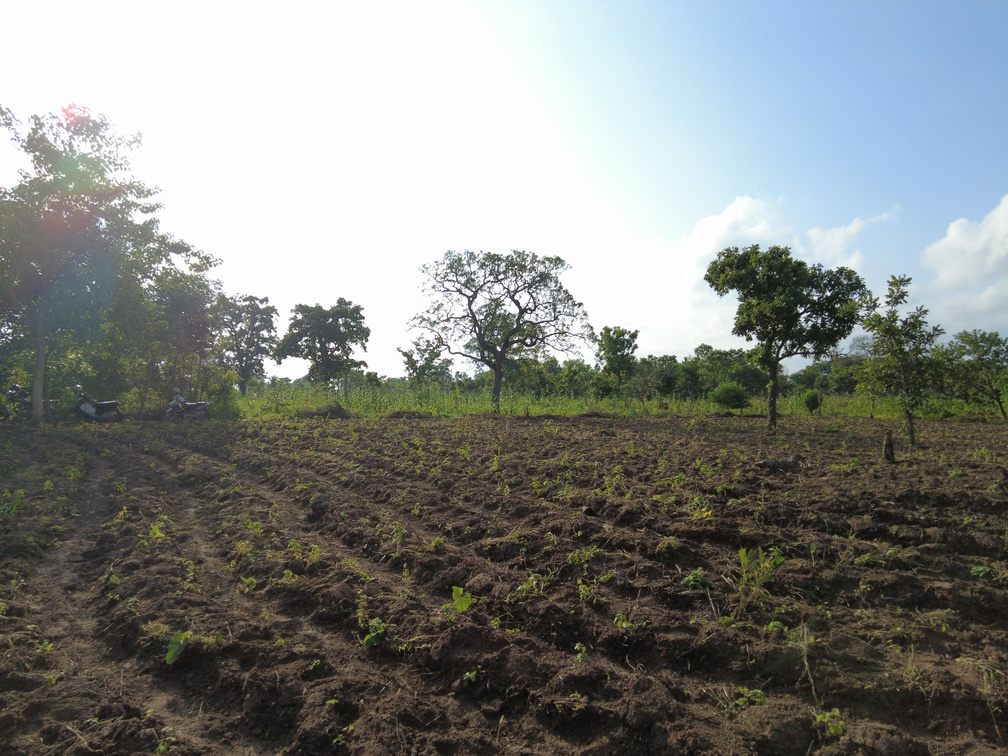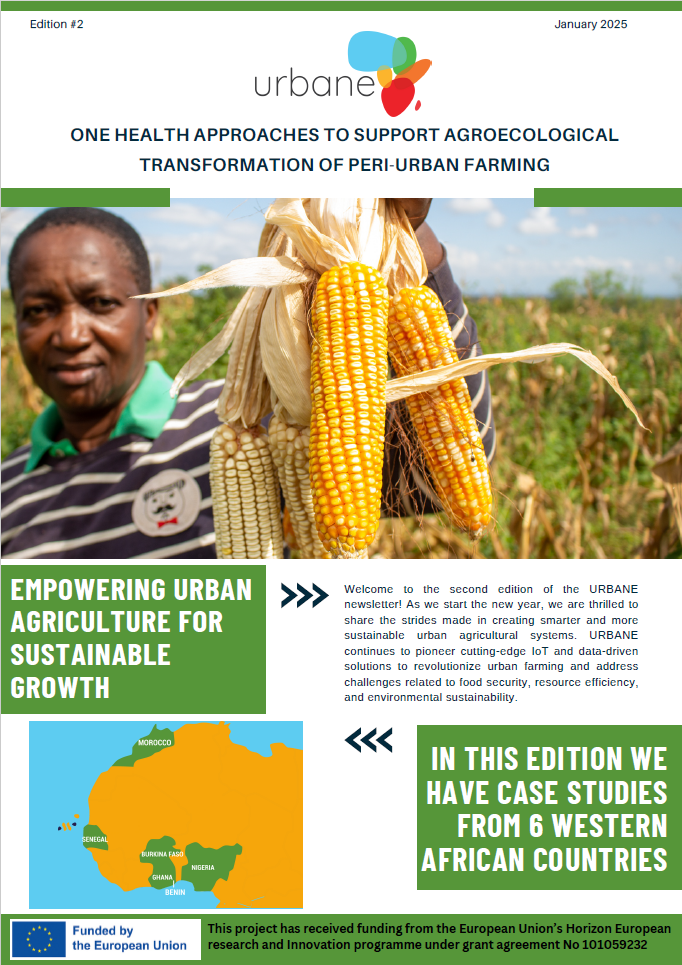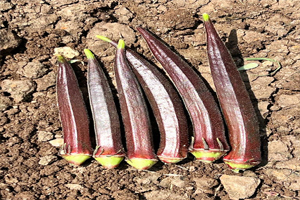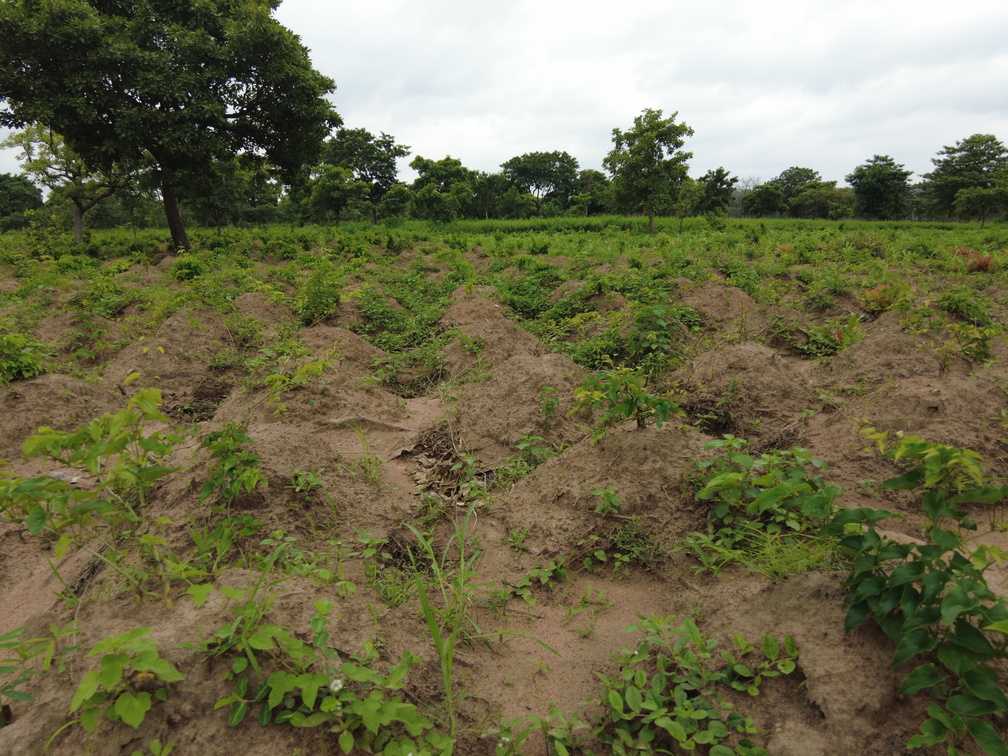URBANE 🇪🇺 and CIRAD 🇧🇯 discussion collaboration 🥬
📅 June 2025 📍 Republic du Benin 🤝 URBANE project & CIRAD (Centre de coopération Internationale en Recherche Agronomique pour le développement) We are pleased to announce we had fruitful discussions between URBANE partners and CIRAD which aimed at enhancing agroecological research and innovation in Africa. These discussions will leverage real-time plant health monitoring technologies…
Read more







